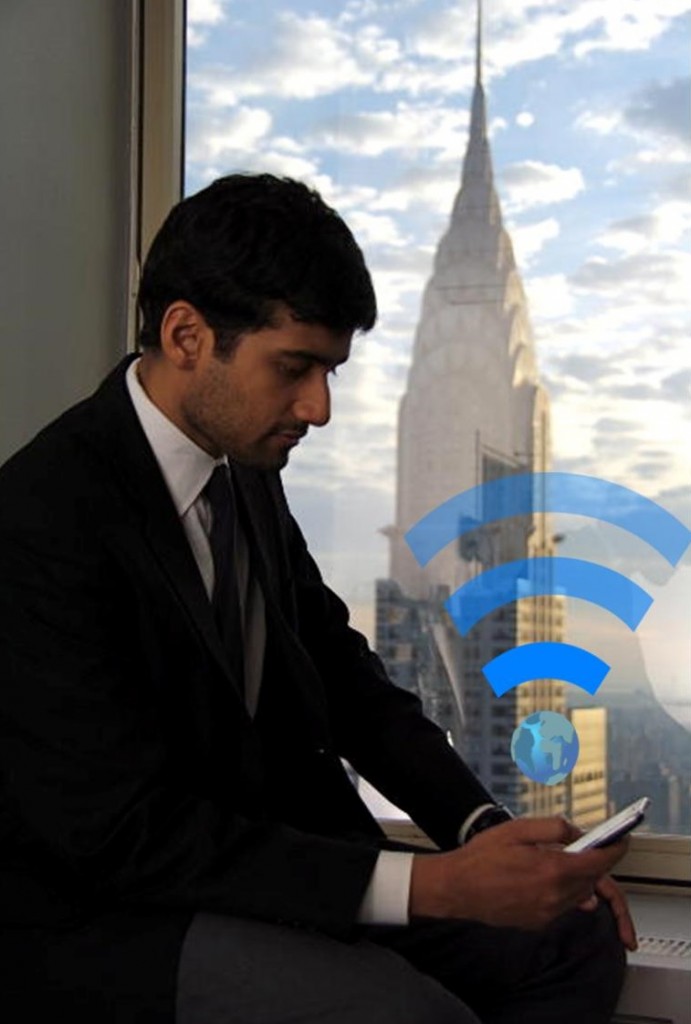A recent study has shown that smartphone owners have been increasingly interested since 2009.
A new poll has been conducted by Harris Interactive on behalf of Placecast, and its results have indicated that American consumers are increasingly interested in receiving discount offers and other mobile alerts through geolocation technology.
This form of location based marketing has been becoming steadily more popular since 2009.
In fact, the Harris Interactive research indicated that among the 2,000 adult American consumers who participated during May 2013, there was an increase of 19 percent in an interest in receiving mobile alerts by way of geolocation when compared to the same date from 2009. Location based marketing is extremely new to the advertising space and marketers are attempting to determine how it can best be used and how much interest is being generated among consumers with smartphones.
Geolocation appears to be taking off both among marketers and consumers and does not show signs of slowing.
 One of the questions that was asked to the participants in the geolocation study was as follows: “Assuming you gave permission, how interested would you be in receiving mobile alerts about new products, sales and/or promotions from your favorite merchants, restaurants, or stores on your cell phone/smartphone?” In response, 45 percent stated that they were “somewhat interested.” In 2009, only 26 percent of the respondents felt the same way.
One of the questions that was asked to the participants in the geolocation study was as follows: “Assuming you gave permission, how interested would you be in receiving mobile alerts about new products, sales and/or promotions from your favorite merchants, restaurants, or stores on your cell phone/smartphone?” In response, 45 percent stated that they were “somewhat interested.” In 2009, only 26 percent of the respondents felt the same way.
The Primary Impact Research chief of insights, Kathryn Koegel, was the individual responsible for conducting the analysis on the data collected by Harris Interactive. She stated that the rise in interest indicates that “mobilized consumers are increasingly aware” of the ease with which it is possible to use geolocation in order to save time and money. They have developed a liking for the type of value offers that they can obtain based on where they are at any given time.
When the respondents were asked about the impact that a geolocation based mobile alert would have on their likelihood to redeem it at a nearby location, more than three out of four stated that they found this to be at least somewhat of a useful feature, and that this method has a higher level of relevance than traditional print coupons.

